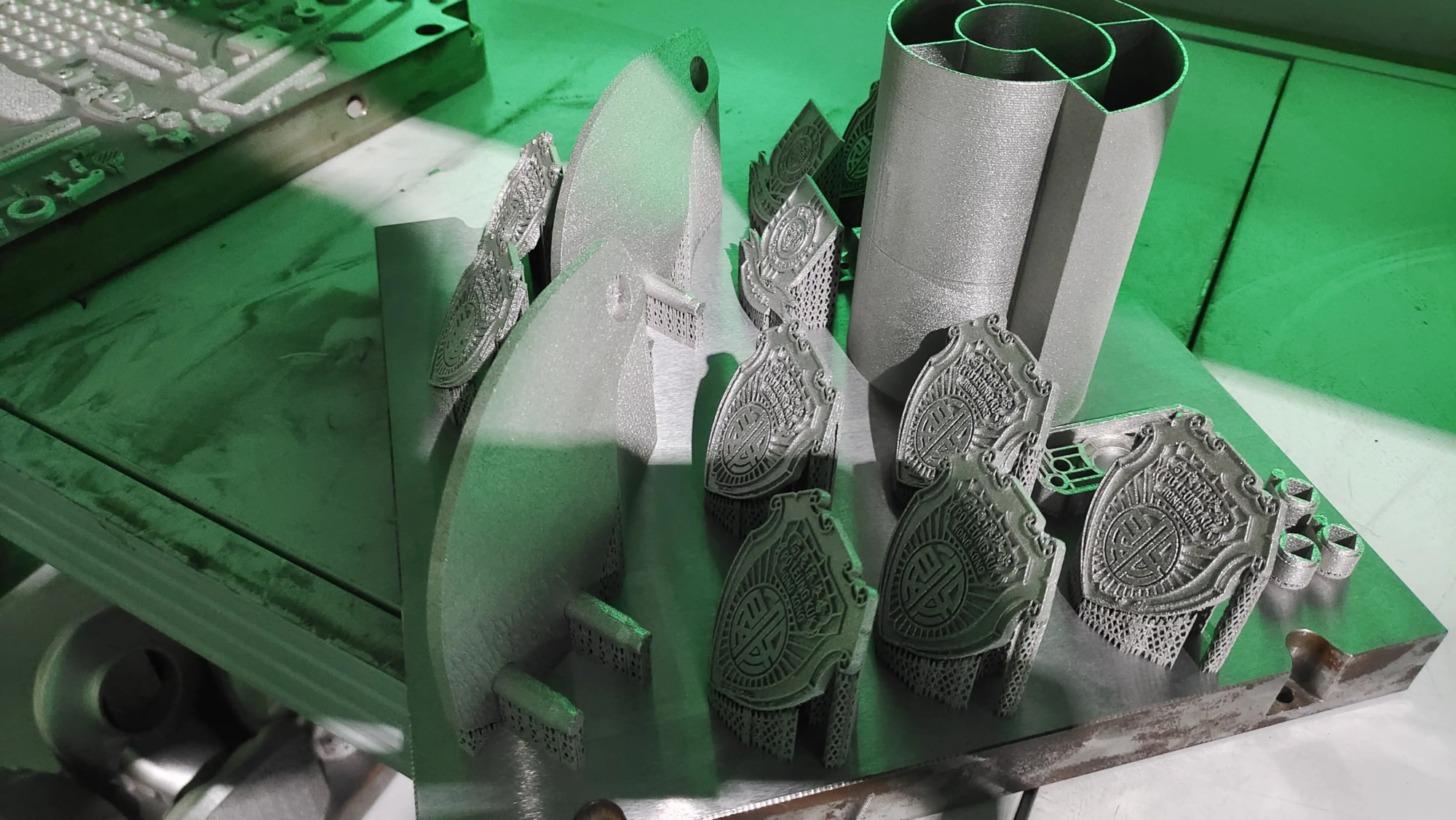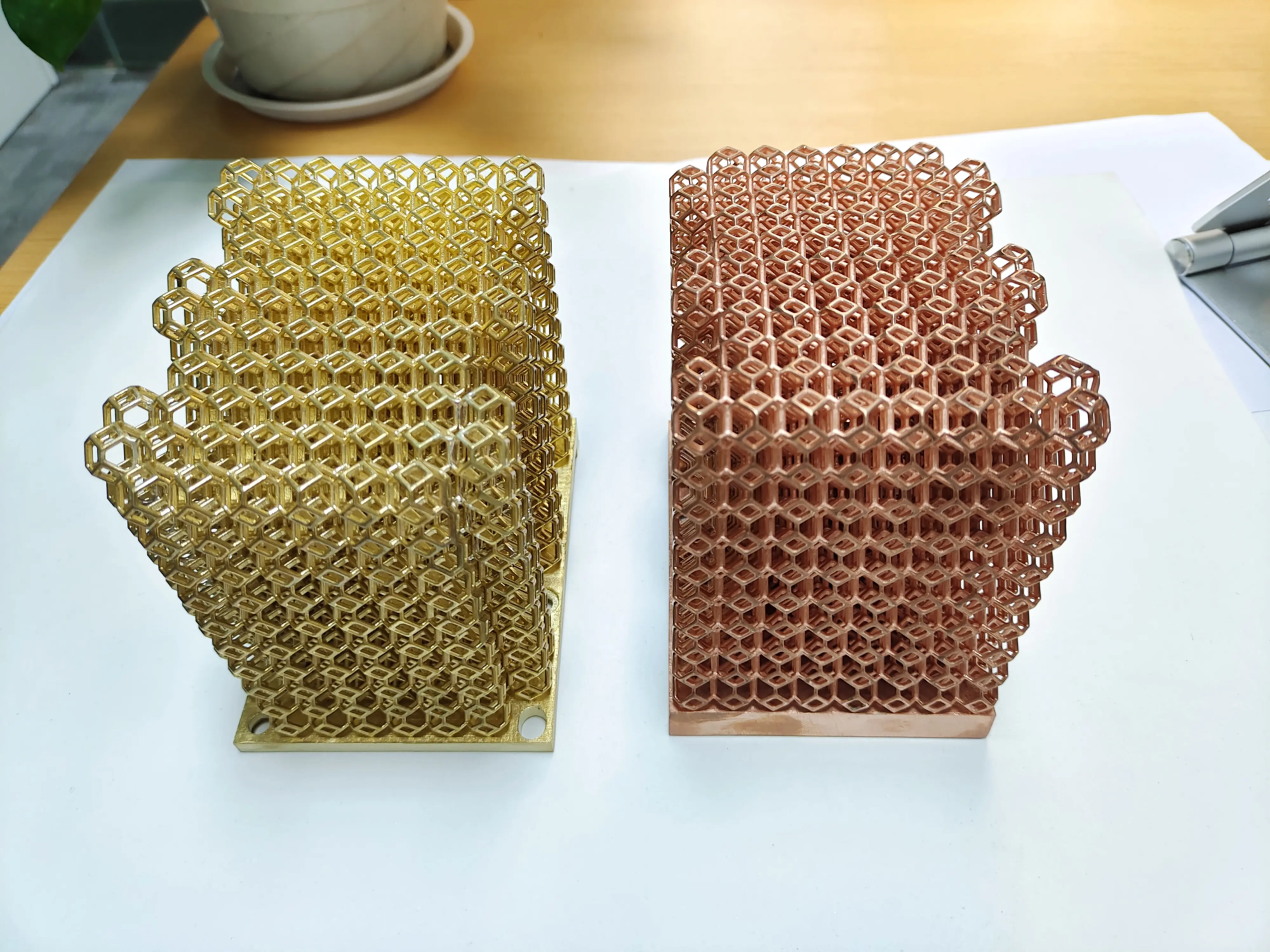The future on your plate: Exploring edible 3D printing and food filaments
Imagine biting into a geometrically intricate chocolate sculpture, a nutritious vegan snack tailored to your dietary needs, or a visually stunning cake topper made by machine – all of it "Print" Layer after layer. This isn’t science fiction; This is the frontier of revolution Edible 3D printingthe collision of culinary art and cutting-edge technology. While much of the 3D printing world focuses on plastics, metals and resins, a niche but fascinating innovation has emerged: edible filament. Let’s take a look at how it works, why it matters, and where it’s headed.
How edible 3D printing works
Essentially, edible 3D printing works similarly to traditional fused deposition modeling (FDM) printers, but with a few unique features. The machine extrudes an edible paste or gel, rather than plastic, through a food-safe nozzle. These materials (usually chocolate, dough, puree, or protein) are loaded as “filaments” into a syringe or cartridge. A digital design, such as a 3D model of a flower or a lattice, guides the printer, which deposits material layer by layer to build complex shapes that would be impossible to achieve by hand. Post-processing may involve baking, freezing or decorating before consumption.
Ingredients: From chocolate to superfoods
The magic is Edible filamentsdesigned to balance viscosity, flavor and printability:
- Chocolate and sugar: Tempered chocolate or icing is popular for desserts and decorations.
- Plant-based paste: A nutritious blend of vegetables, legumes or algae for a healthy snack.
- Dough and batter: Customizable bread, cookies or pasta made into unique shapes.
- Protein and cultured meat: Emerging R&D uses cell-based "bioink" Find sustainable meat alternatives.
Key requirement? Ingredients must flow smoothly when extruded but solidify quickly to maintain their shape. Food scientists are constantly tweaking recipes to achieve perfect texture and stability.
Practical application
- Gourmet Culinary Arts: Restaurants like Food Ink and Melisse use printers to create avant-garde dishes such as edible coral reefs or personalized dessert mosaics.
- Medical and Senior Nutrition: Printing paste meals into attractive shapes may improve compliance among patients with dysphagia.
- Personalized diet: Athletes can print protein bars with precise macro ratios; allergen-free snacks are easily customizable.
- Space exploration: NASA funds research into nutritious printed meals for long-duration space missions.
- Sustainable food: Reduce waste through precise ingredient use and upcycled materials, such as discarded fruit pulp.
A challenge worth chewing on
Despite the hope, obstacles remain:
- Speed and scalability: Printing a single project can take hours – far from suitable for the kitchen.
- Taste and texture: The heat from the extrusion process may alter the taste. Getting crispy/crunchy results is difficult.
- Food safety: Printers require rigorous cleaning to prevent bacterial growth in corners.
- cost: Professional food printers range in price from $1,000 to over $5,000, limiting accessibility.
Beyond food: The bigger 3D printing picture
While edible printing captures the imagination, precision 3D printing is booming in industry, especially in Metal prototyping and production. Technology such as Selective Laser Melting (SLM) Enables aerospace-grade titanium components, medical implants or automotive parts with complex geometries. This is what companies like huge light Outstanding. As a leader in rapid prototyping in China, Honglite combines advanced SLM 3D printers with deep expertise in metal alloys and post-processing (heat treatment, CNC finishing, surface coating). Whether iterating on prototypes or producing end-use parts, their turnkey solutions ensure speed, precision and material flexibility in a cost-effective manner.
future services
Edible 3D printing is constantly evolving. The research focuses on:
- Multi-ingredient layering (e.g., combining flavors/textures).
- "smart" Foods that contain nutrients that are released on demand.
- AI-driven design optimizes nutrition and aesthetics.
Nonetheless, its growth has paralleled advances in industrial 3D printing—which Accuracy, repeatability and materials science play important roles. As printer costs drop and capabilities expand, we may one day have desktop devices for making dinner. Until then, the technology remains a canvas for chefs, innovators and a glimpse into the future of custom cooking.
in conclusion
Edible 3D printing goes beyond novelty – it is a tool to redefine food creativity, sustainability and personalization. While challenges such as speed and taste fidelity remain, the fusion of gastronomy and engineering holds huge potential in fields such as nutrition and art. Meanwhile, as pioneers push the boundaries of chocolate and protein, companies such as huge light Emphasize that mature 3D printing technology has undergone revolutionary changes Precision metal manufacturingdriving innovation in areas where reliability cannot be compromised. From forks to fuselages, 3D printing is reshaping the way we make and consume the world around us.
Edible 3D Printing FAQs
Q1: Is 3D printed food safe to eat?
Answer: Yes, as long as the preparation is hygienic. The printer uses food-grade materials and nozzles, but cleanliness between uses is critical. Certification standards for edible printers (such as FDA/CE) are still evolving.
Q2: What is the difference between a food 3D printer and a plastic FDM printer?
A: A food printer is similar to an FDM machine, but uses an edible paste box instead of a plastic spool. They feature food-safe components (stainless steel/PTFE-free) and precise temperature control to avoid contamination.
Q3: Can I print any food at home?
Answer: Not easy. Most consumer models deal with semi-solid pastes (chocolate, hummus). Sticky, fibrous or watery ingredients (such as whole fruit) clog the nozzle. Commercial R&D is dedicated to solving more complex food products.
Q4: Will printing change the nutritional value?
A: Heat-sensitive nutrients (such as vitamin C) may degrade slightly during the extrusion process. However, printing can be intensified – adding vitamins/minerals to the “ink” without changing the flavor.
Q5: How long does it take to print a meal?
A: A small dessert may take 5-10 minutes; a complex design may take several hours. Speed remains a barrier to mass adoption, but is improving year by year.
Q6: Is Honglaite involved in the field of edible printing?
A: Honglaite specializes in industry Metal prototyping By SLM, DMLS and machining instead of food printing. However, our expertise in precision 3D printing processes is aligned with driving innovation in both areas, ensuring quality from design to completion.
For businesses exploring precision metal prototyping (whether aerospace brackets, medical tools or custom automotive parts)huge light Provide fast end-to-end solutions. Take advantage of our SLM 3D printing, CNC machining and surface finishing to create prototypes that exceed tolerances and expectations. [Explore our capabilities and request a quote today.]





